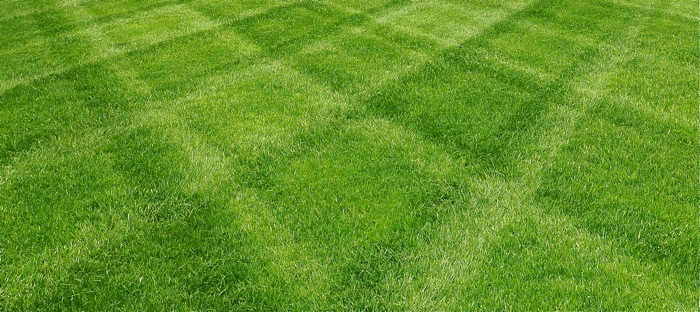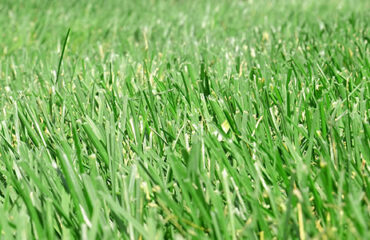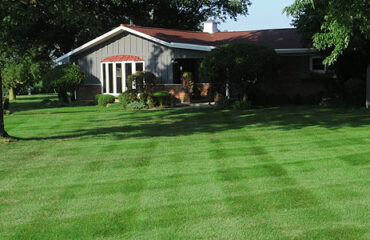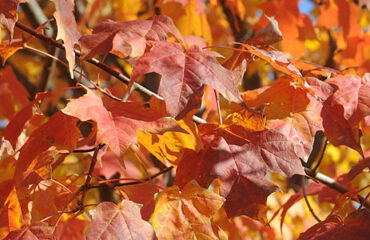If you’re confused about when and how much to feed your lawn, especially in spring, congratulations. A lot of retailers and lawn care services have worked very hard to put you in a state of confusion over what to buy, and when.
We’re talking about, of course, the ads and testimonials you see and hear about over-feeding your lawn – that you only need three applications a year if you use a particular brand of nutrient, and of course, if you apply it when the plant needs it most – fall and winter. Do that, and you can avoid fertilizing in the spring altogether, because that nitrogen is still there from the fall feeding, pushing your lawn off to a green and lustrous start come April.
Of course, the one big lie about fall feeding is that while it does help to sustain and strengthen plant roots during winter dormancy, there’s really no guarantee that it’s still around in the spring…because excessive winter moisture (rain and snow) and may naturally leech those nutrients out of the root system.
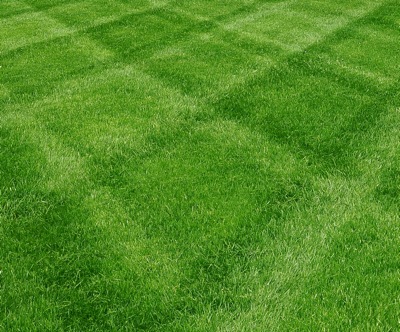
Turf grass after second cutting this week, after after March 15 application of proper lawn nitrogen.
In addition, fall fertilizing (nitrogen) turns to sugar over the winter and while that’s absorbed by the roots, by the time spring and the stress of sustaining new top growth hits those plants are going to show best if they get something to eat.
The facts: Grass plants are living, breathing entities just like any other organism – people, in fact – for the fact that plants get hungry, just like you do. They need to be fed, particularly in the spring, and then again in periodic applications just prior to summer, during the heat of summer, during the onset of fall, and prior to winter dormancy. If you’re counting, that’s five feedings in the average year, depending on the weather, amount of moisture, temperature, and one’s ability to control the growing environment with irrigation.
Bottom line: Any time a plant becomes stressed the best way to help ease the stress is to do what you can to make it stronger, and like any other living othing, the best way to keep it strong is to feed it. And this science is supported by the country’s best schools of agronomy.
Think of this the next time you hear an ad about over-feeding your lawn – “that if you just use this new, revolutionary product you can save money by feeding less”.
Like your Dad used to say…you get what you pay for.
And like your stomach tells you first thing in the morning: “I’m hungry. Feed me.”

